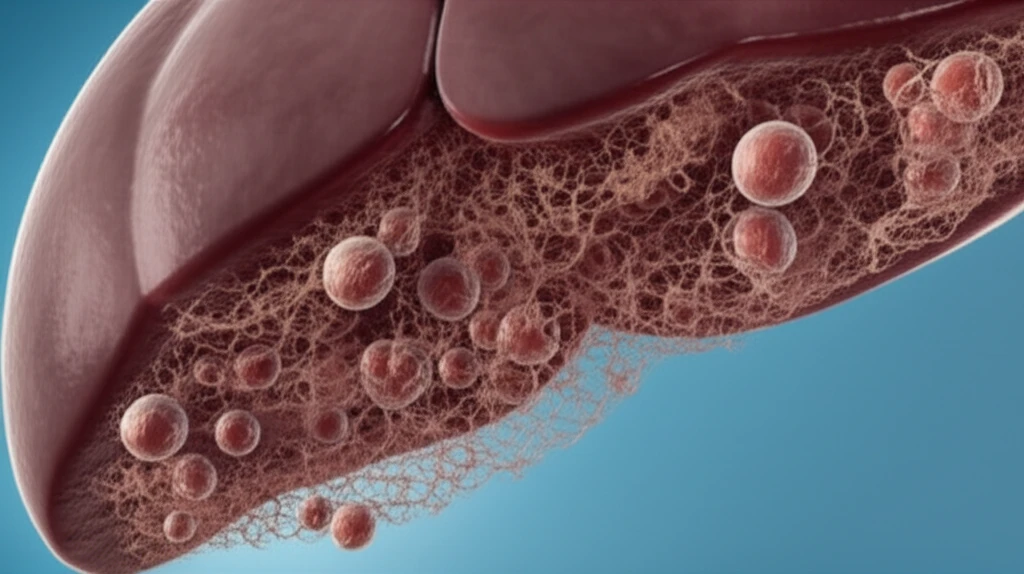
Unlocking Liver Fibrosis: How Parasites Offer Clues to Treatment
"Can understanding a rat parasite reveal the secrets to stopping liver disease in humans?"
Liver fibrosis, the scarring of the liver, is a serious health issue that can lead to cirrhosis and liver failure. Researchers are constantly seeking ways to understand how fibrosis develops and, more importantly, how to stop it. One intriguing avenue of investigation involves studying a specific type of liver fibrosis that occurs in rats infected with the nematode Capillaria hepatica.
In this model, rats develop septal fibrosis, a particular pattern of scarring in the liver, following infection with this parasite. What makes this model valuable is that researchers have observed that curative treatment of the infection can prevent the development of fibrosis if intervention occurs early enough – specifically, up to 15 days post-infection. However, treatment after this point is no longer effective in preventing fibrosis.
A recent study delved deeper into this phenomenon, aiming to pinpoint the parasitic factors present at the critical 15-day mark that determine whether or not septal fibrosis can be prevented. By understanding what's happening at this stage, scientists hope to uncover new targets for preventing and treating liver fibrosis in humans.
The 15-Day Turning Point: What Happens When Treatment Fails?

The study focused on identifying which parasitic elements were present in the rats' livers at the point when curative treatment could no longer halt the progression of fibrosis. Researchers infected rats with Capillaria hepatica eggs and then treated different groups of rats with antihelminthic drugs (ivermectin and mebendazole) at various time points: 10, 12, 15, 17, and 20 days post-infection (PID).
- Both adult worms and eggs were present in the liver tissue.
- A complex necroinflammatory reaction (tissue death and inflammation) was occurring around the parasites.
- Importantly, no septal fibrosis was yet apparent.
Eggs Hold the Key: Implications for Future Research
This research highlights the critical role of Capillaria hepatica eggs in driving the development of septal fibrosis in rats. While the initial damage may be triggered by the presence of adult worms and the associated inflammatory response, the continued presence of eggs seems to be essential for the fibrosis to progress.
These findings align with previous studies that showed that the eggs of C. hepatica play a key role in the pathogenesis of septal fibrosis of the liver, but the initiation process seems more complex and initiates only when the infection reaches full maturity.
This understanding could pave the way for new therapeutic strategies targeting the eggs themselves or the mechanisms by which they trigger fibrosis. Future research could focus on identifying specific molecules released by the eggs that stimulate the fibrotic process, potentially leading to the development of drugs that block these signals and prevent liver scarring. While the research was done on rats, further research could indicate that these findings are applicable in humans.
